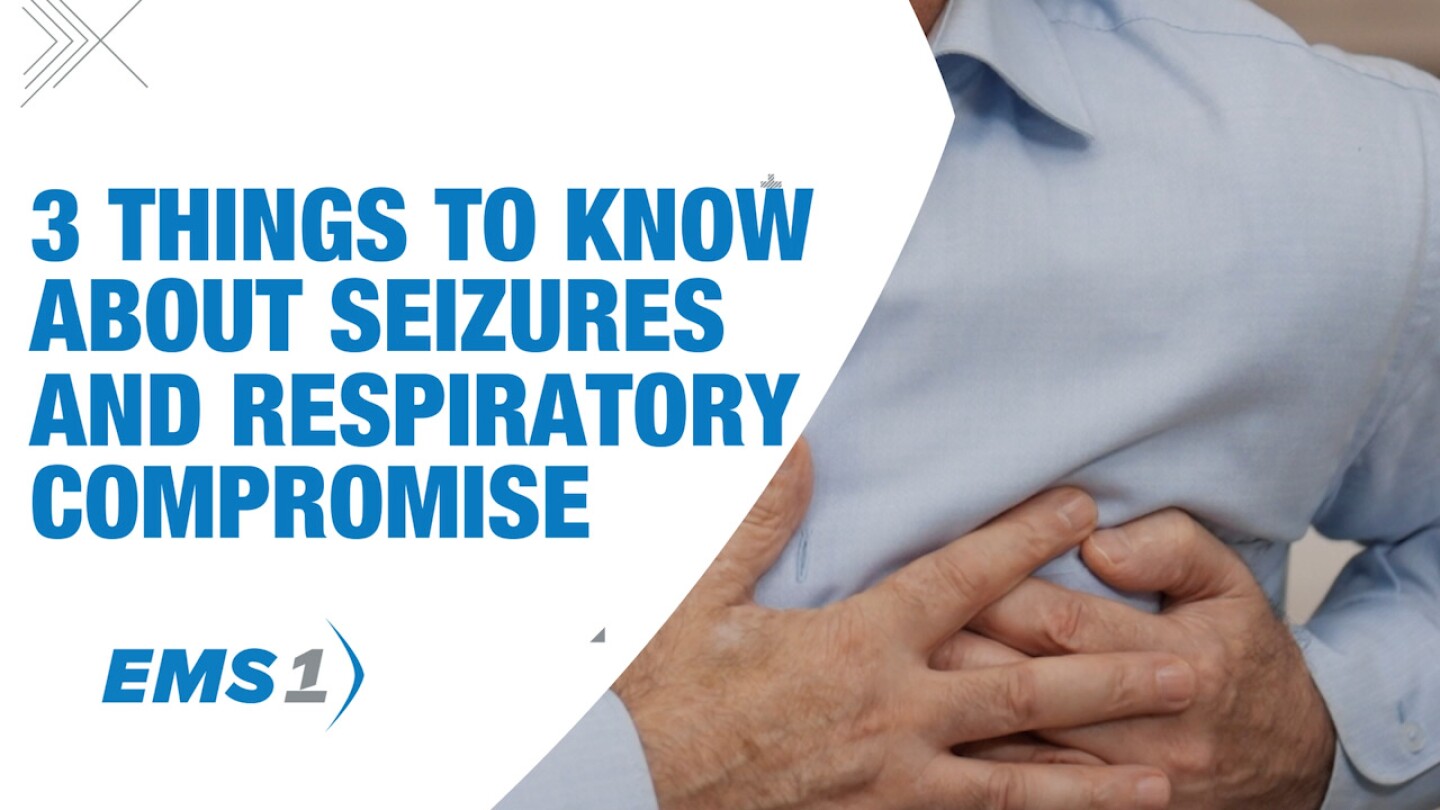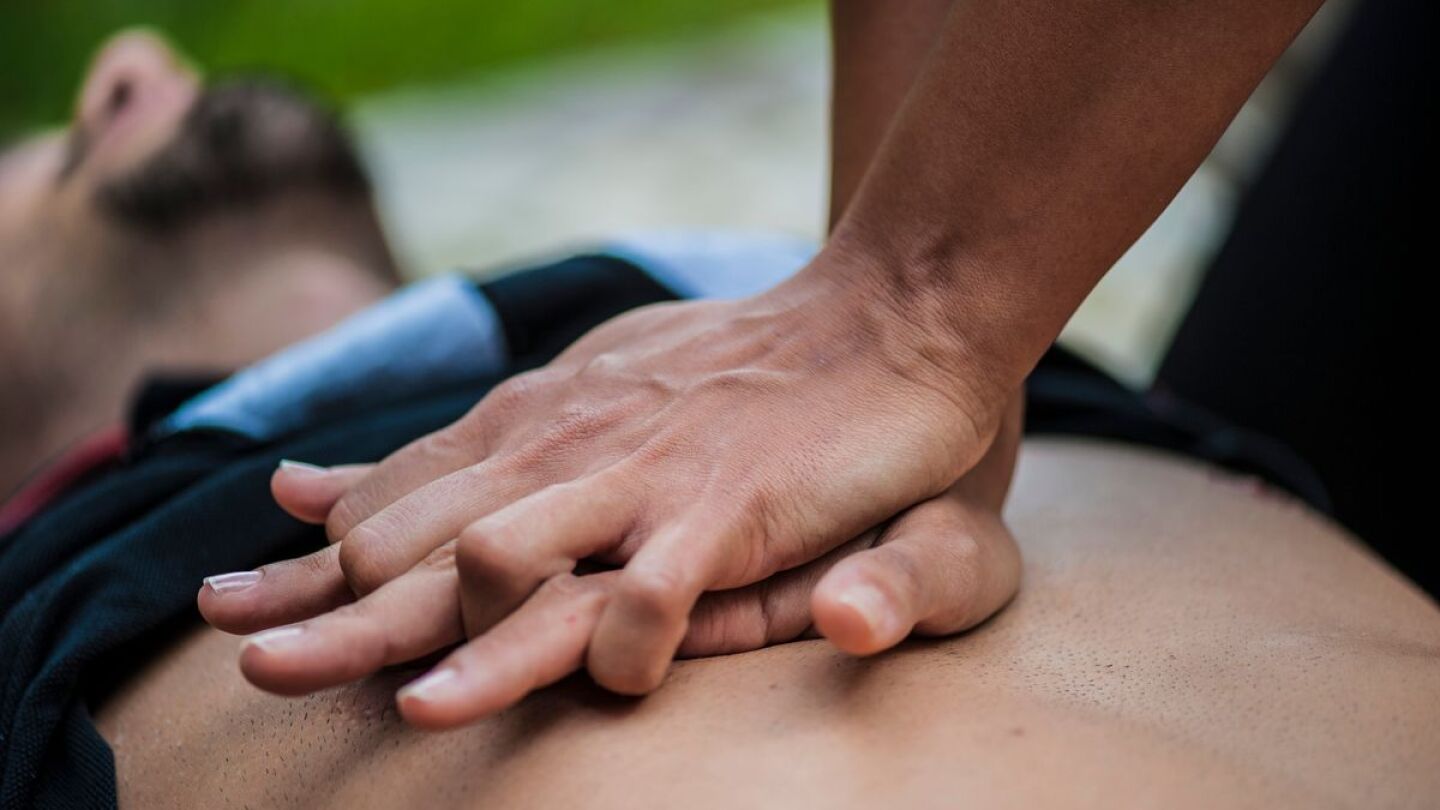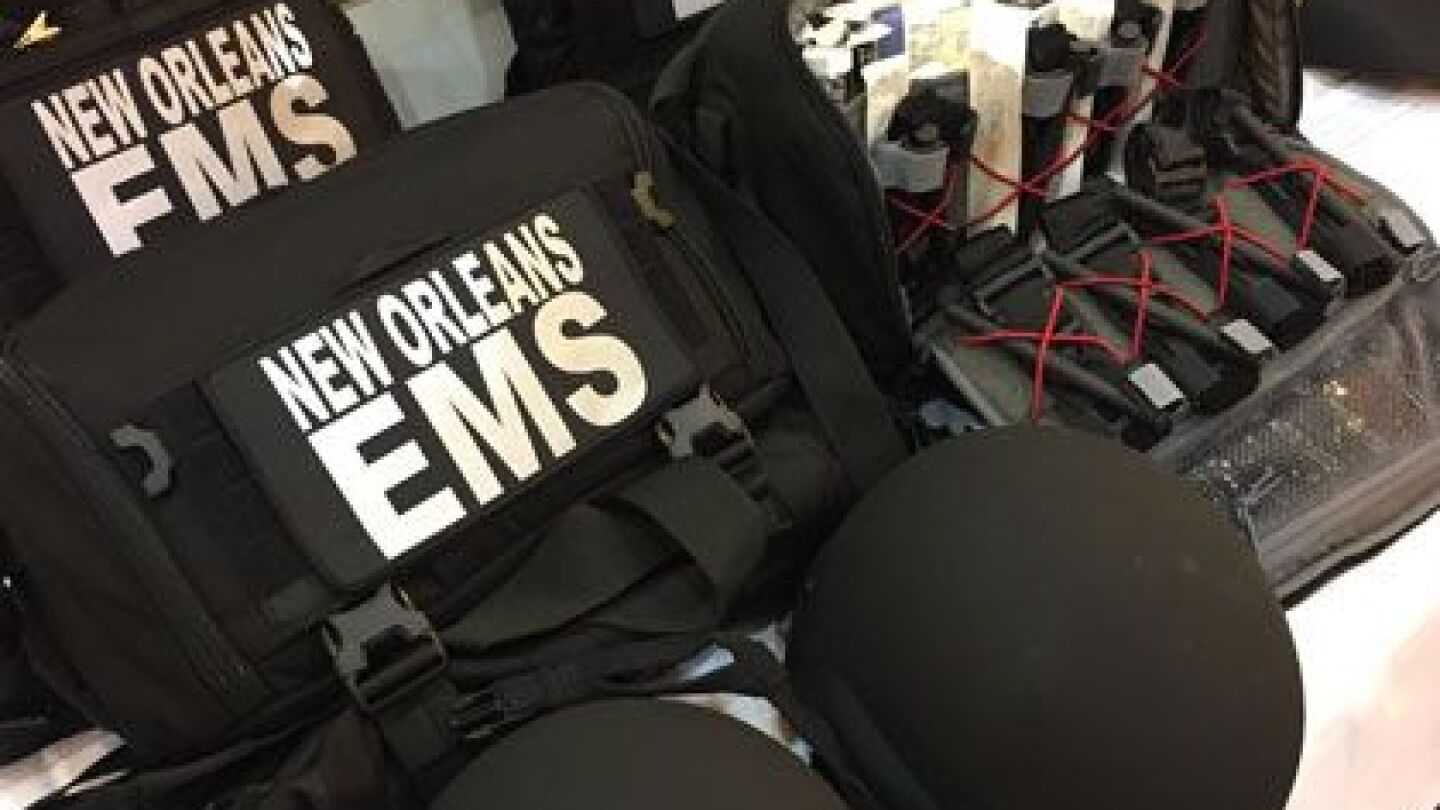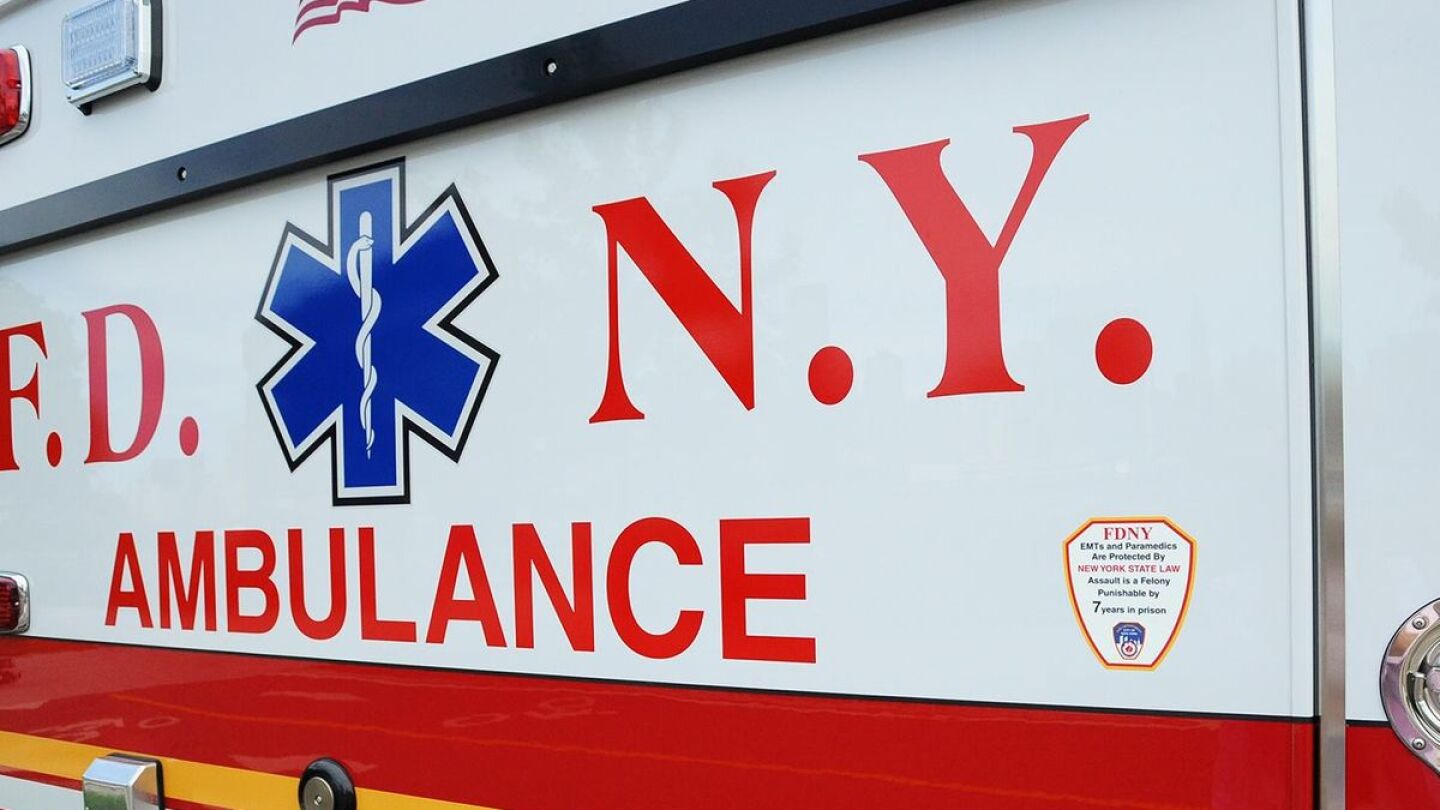Airway management
This directory provides essential articles on Airway Management, a critical skill for EMS professionals. Topics include techniques for securing airways, the use of advanced airway devices, and strategies for managing difficult airways in emergencies. Mastery of Airway Management is vital for ensuring patient survival during respiratory emergencies. For related information, explore our resources on Advanced Life Support (ALS), which often involves advanced airway procedures. Use this directory to deepen your understanding and improve your airway management skills in the field.
Learn how to effectively manage respiratory challenges during and after seizures
This curated list of songs maintains the perfect tempo to guide your CPR compressions, ensuring you’re prepared to act swiftly and effectively in emergencies
Assign someone to monitor the patient’s airway visually and with capnography using these five tips
One person is dead after a boat exploded while being fueled at a Broward County marina
In the right patient, with a solid understanding of the pharmacology and a plan to address potential side effects, ketamine can be an incredibly useful tool for EMS
First-pass success matters in intubation – these measures can help you achieve it
EMS and law enforcement collaborative training helps prepare responders to treat and monitor patients experiencing a constellation of symptoms
Are you over-ventilating your patients? Probably, says Kelly Grayson
Four workers were injured during an ammonia gas leak at a Baton Rouge chemical plant
You are on scene with a patient who has suffered significant facial trauma; what are some strategies to improve your ability to manage their airway?
Allegheny General Hospital has partnered with Pittsburgh, Shaler and Ross EMS using ECMO-facilitated CPR
A worker suffered burns to his face and arms when an air conditioner exploded at an East Haven bowling alley
In EMS there isn’t anything more frustrating than a screaming, punching or spitting person with acute alcohol intoxication
From budget-friendly picks to the top-tier, find the right stethoscope for your needs
Governor Chris Sununu came to the aid of a seafood festival contestant using the Heimlich maneuver
Learn about two of the most common NMBAs used in EMS and how each impact intubation decisions during advanced airway management
Exploring a new application for capnography in the prehospital setting
ETI has been the primary method to help patients breathe; however, in the last decade, there’s been a significant shift toward using SGA, especially for cardiac arrest patients
Today’s devices make a historically challenging skill dramatically easier
Learn what the guidelines say about titration, selecting a sedation agent and monitoring sedation
We are limited on the amount of objective information available during prehospital care; don’t ignore this vital piece of the puzzle
Anxiety and emotion can spiral into respiratory compromise that is self-reinforcing, frightening and an EMS-treatable emergency
First responders in Baldwinsville traced the leak to a battery-powered forklift
An aggressive bee attack in Riverside County injured a father and his son while they were feeding their horses
San Diego County’s extracorporeal cardiopulmonary resuscitation pilot program using ECMO was started over a year ago and involves three hospitals
Improperly mixed pool chemicals sent Great Wolf Lodge workers to the hospital in Webster
Fluid, dosing and airway considerations to prevent RV ischemia
Steve Whitehead shares how to assess that patient with weird, vague complaints
Discover the critical items that make up a tactical medical kit and understand how it differs from trauma bags and kits
Syracuse moviegoers complained of eye and respiratory irritation
A FDNY EMS spokesperson said the EMTs were transported to Staten Island University Hospital
Studies show that mechanical ventilation is superior to bag-valve-mask ventilation, especially in terms of patient safety
MOST POPULAR
- Digital Edition: Prehospital trauma: Today’s tenets for triage, treatment and transport
- Apneic oxygenation: Everything you know is wrong
- HHS cuts eliminate NIOSH respirator certification staff
- Paramedic vs. EMT: Which path is right for you?
- Breathe easier: Using mechanical ventilation to deliver consistent, high-quality respiration in transit (eBook)


































